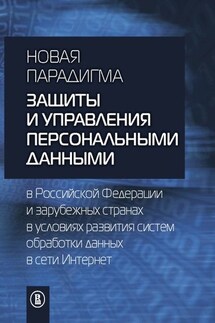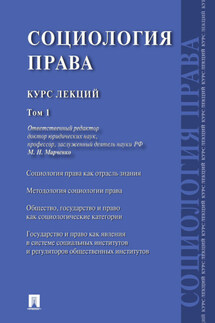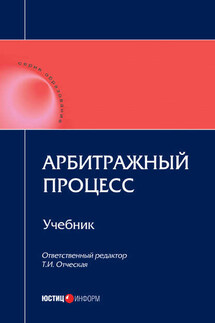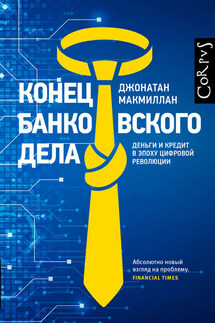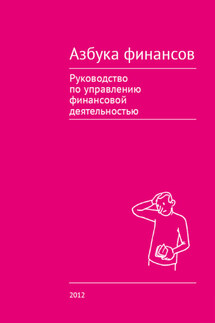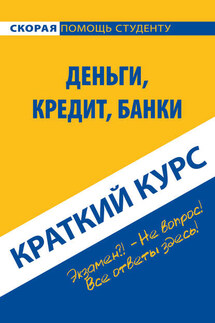Money, money circulation and credit - страница 19
Banking cards are supposed to be issued and used for performing of banking operations: opening of the accounts, settlement and cash services, currency trading, etc. Such card is a long service result of banking system of payment mechanism improvement and an integral feature of a modern human.
This card contains the following information: on the front the name of holder, number, term of validity, emitting bank logotype and payment system logotype are recorded. Some cards have a hologram either as one of protective means from forgery and on the back side of card there are a place for holder’s signature, magnetic stripe, sometimes holder’s photo and logotypes of cash machines’ net where a card could be cashed.
Card’s number consists of 16 figures: the first six figures are an emitting bank code (Issuing Bank), the following nine figures are a banking card number (a number of card-account) and the last figure is confirming.
Payment card is a personalized payment instrument which offers its holder a possibility of cashless payment for goods and/or services and of encashment in the bank’s divisions (branches) and in the banking cash machines. The trade/service enterprises and bank divisions which accept the cards form a net of servicing points (or receiving network).
As electronic data storage device payment cards are divided on cards with magnetic stripes and cards with chips (microcircuits). The first are called magstripes and the second – smart cards or chip cards.
Cards with magnetic stripes have magnetic stripes on the back side which keep data including card’s number (banking current account), name of a holder, date of expiry (VISA, EUROCARD, MASTERCARD). Magnetic stripe doesn’t contain an information about the holder’s account status.
When card «passes through» a point-of-sale terminal it reads out a number of holder’s banking account from a magnetic stripe after that the terminal connects to a banking processing center in order to receive a confirmation about the required sum availability. Otherwise speaking the bank’s permission of an emitter is requested to perform an operation using this card.
Bank’s permission to perform an operation by means of banking card which constitutes bank’s obligation to transfer money according to settlement document drawn with its help is called authorisation. Upon the bank’s permission receipt a point-of-sale terminal prints a slip (a special trade check) in three copies: one for buyer, second stays in trade enterprise and third should be sent to bank for payment. On the basis of presented slip the bank debits the card’s holder account and transfers money to the trade enterprise account.
Integrated circuit card (smart card) – memory card. Instead of magnetic stripe it has a built in microcircuit (microprocessor) which itself keeps an information about holder’s banking account current status and confirms availability (or absence) of required sum. As a result the speed of such cards authorization in passing through a terminal station is much higher – 5-10 seconds. Their information capacity is much bigger than the cards with magnetic stripes have but they are more expensive.
One of modifications of smart cards is «an electronic wallet». The conception of its creation is quite new and only high-powered card systems make its issue. Unlike the common plastic cards the electronic wallets are not linked to the client’s current banking account absolutely. It is «charged» on a definite sum of money thus the settlements made with its help do not require any authorization.
